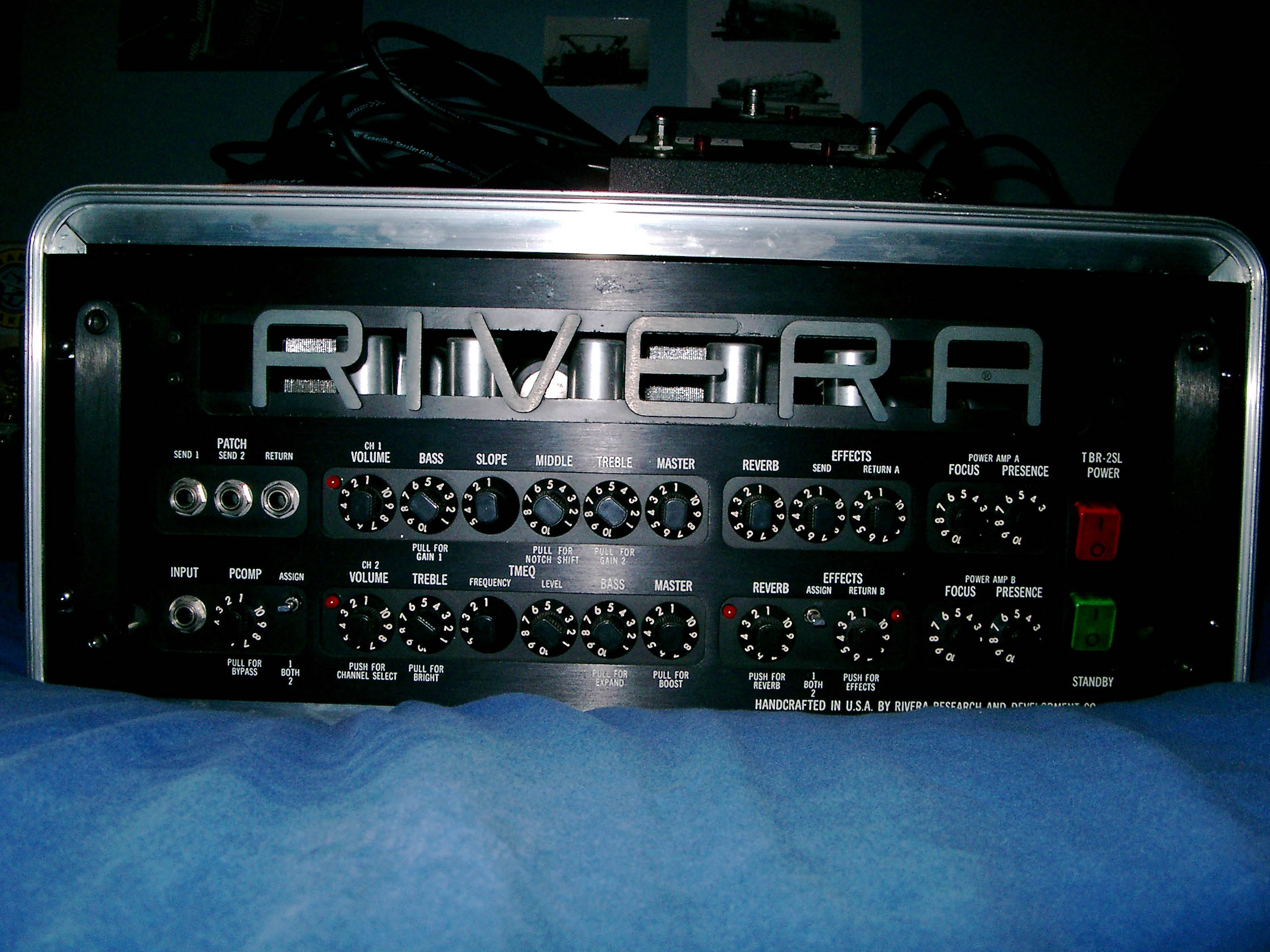As outlined in the MIMIC white-paper the fundamental paradigm of distorted guitar tone is EQ -> Distortion -> EQ. For higher gain tones the post-EQ is typically the tone stack and the Presence and Depth controls, when available. Therefore the user has access to the post-EQ but no control over the pre-EQ. One notable exception to this rule is the Mesa Mark series of amplifiers where the tone stack is located before the distortion.
I suppose the ultimate amplifier would be one with dedicated pre-EQ and post-EQ controls although I can imagine many guitar players with looks of bewilderment when presented with such an amp. Indeed I believe there was an amp years ago that had separate input and output graphic EQs. I'm thinking it was made by Seymour Duncan but it was a long time ago so I'm not really sure. I don't believe it was terribly successful.
So as we delve into the realms of higher gain tones we are the mercy of the amp designer and his choice of pre-EQ. The standard practice is to cut the lows before the distortion stages. There are various approaches to this: small coupling caps, partially bypassed cathodes, etc. These are simple methods and given the relatively simple nature of tube amps all we can really expect. Other popular pre-EQ techniques are shelving filters, i.e. the Marshall 470K, 470pF network and networks which roll off highs.
The pre-EQ, along with the post-EQ, shapes the tone when the amount of distortion is low. As the distortion increases the tone becomes more dependent upon the post-EQ. Anyone who has adjusted a Mesa Mark series amp will attest to the seeming ineffectiveness of the tone controls at higher gains. They will also attest to the affect the tone controls have on the feel.
So... the pre-EQ is an important part of the overall tone equation. We guitarists tend to focus upon the post-EQ and put graphic or parametric EQs after the amp but we neglect the pre-EQ. Therefore it is worthwhile to experiment with pre-EQ. The simplest approach to start with is using a graphic EQ before the amp block. Note how boosting or cutting certain bands affects the tone and feel. Note how the effect changes as the gain is increased or decreased.
One popular studio technique in the 80's was to put a parametric EQ before an amp and boost a narrow band of frequencies. This gives a slight mid-emphasis to the sound and can be useful in helping the guitars stand out in a mix. This technique seems to have been lost over the years. Years ago Micheal Sweet from Stryper showed me the frequencies he used and IIRC he boosted around 800 Hz about 6 dB. I don't remember the Q but I would start around 1.4. Incidentally the frequencies he were boosting are just about the same as the frequencies that are cut by the tone stack. So when playing softly the net result is a flatter EQ. As you play harder the input EQ becomes less effective and the tone becomes more scooped.
Pre-EQ can make amps sound warmer, or tighten the bass. It can be used to increase brightness without becoming harsh. Pre-EQ is also very useful with amps on the verge of breakup or mildly overdriven. Experiment with boosting frequencies to give your leads a more vocal character or make them more unique.

